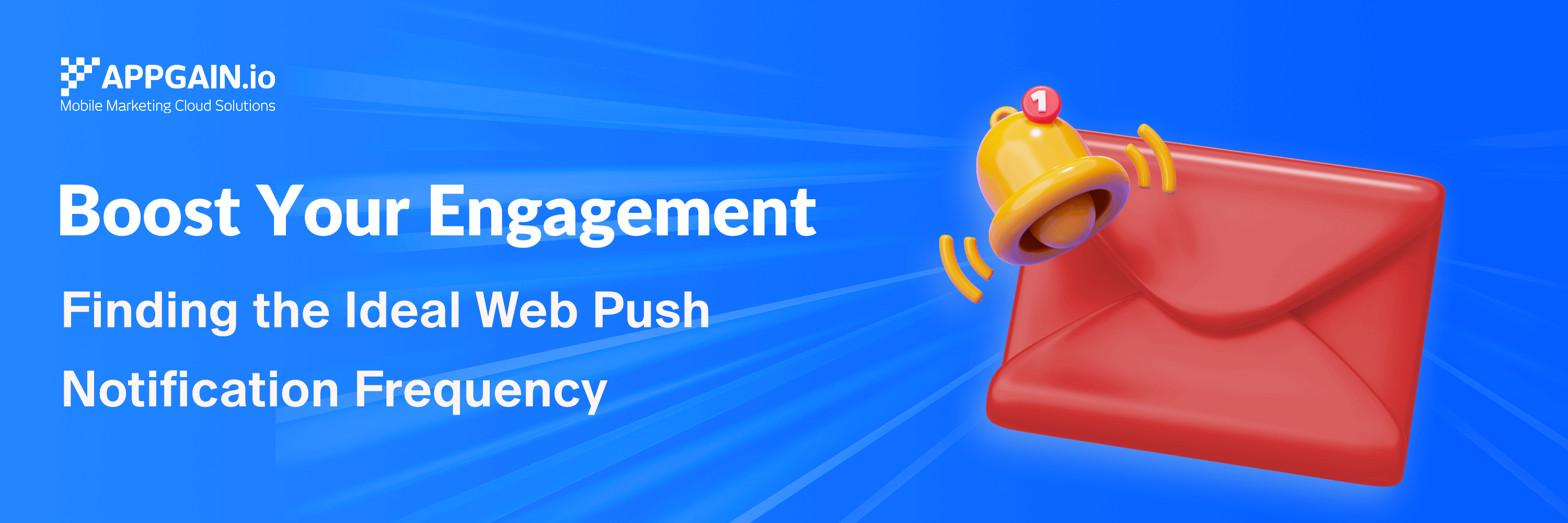Understanding Web Push Notification Frequency
Sending web push notifications is a balancing act. The right frequency is crucial; too many notifications can irritate subscribers, while too few can lead to disinterest. Finding the optimal number of campaigns to send isn’t a one-size-fits-all answer. It depends on various factors related to your store and offerings.
Why Frequency Matters?
The frequency of your web push notifications can significantly impact your engagement metrics. Sending too many notifications can lead to:
- Low Click-Through Rates (CTR): Subscribers may become frustrated and ignore your messages.
- High Unsubscribe Rates: If users feel overwhelmed, they might opt out entirely.
On the flip side, sending notifications too infrequently can result in:
- Low Engagement: Subscribers may forget about your brand and lose interest when they finally receive a notification.
- Low Conversion Rates: Fewer campaigns mean fewer opportunities to engage and convert subscribers into paying customers.
Finding the Right Frequency
Determining your ideal web push notification frequency requires careful consideration and a bit of experimentation. Here are some factors to keep in mind:
- Industry Benchmarks: Different industries have varying norms for notification frequency. For example:
- Fashion: 2 to 5 notifications per week
- Electronics: 1 to 2 notifications per week
- Furniture: 1 notification per week
- Cosmetics: 2 to 5 notifications per week
- Fitness: 2 to 3 notifications per week
- Art: 1 to 2 notifications per week
- Dropshipping: 3 to 7 notifications per week
- Product Price: If your store primarily sells high-ticket items, consider limiting the number of notifications sent. Conversely, lower-priced items may warrant more frequent reminders to encourage purchases.
- Product Type: Specialty items, which might have higher demand despite being niche, often require more regular notification campaigns.
- Shelf Life: Products with shorter shelf lives, such as food and cosmetics, necessitate a higher frequency of notifications to boost immediate sales.
- Product Purchase Frequency: Goods that customers tend to repurchase—like cosmetics or food—can justify a greater frequency of notifications. Use these messages as reminders for repurchase opportunities.
- Sale Periods: During sales, consider doubling your campaign frequency to drive more traffic to your store.
- Holiday Seasons: Take advantage of the shopping frenzy during holidays by increasing your notification frequency to maximize sales opportunities.
- Product Launches: When introducing new products, it’s typical to ramp up notifications. Sending several alerts in the lead-up to the launch can help build excitement.
- Sellout Frequency: For items that frequently sell out, a higher number of notifications can create urgency and remind subscribers to act quickly.
- Campaign Performance: If past campaign performance has shown low CTR or conversions, consider sending fewer, more targeted campaigns. Analyze the underlying reasons for poor performance.
Conclusion
Understanding the right frequency for your web push notifications is essential for a successful marketing strategy. By considering the various factors specific to your business, you can refine your approach and enhance subscriber engagement and conversions. Experimenting, analyzing, and adjusting are key to mastering web push notifications for your eCommerce store.
For more tips and resources on optimizing your marketing strategies, visit us at Appgain. Empower your marketing strategy today!
